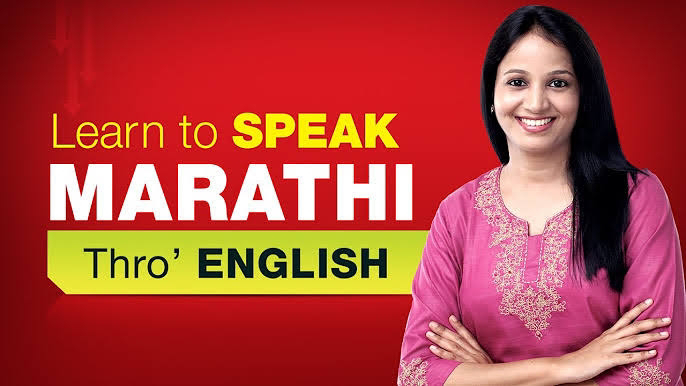Annexure 2: Daily Conversation Topics in Marathi and Learning the Art of Good Positive Response

Abstract: To improve your Marathi, focus on common conversational phrases, practice with native speakers, and immerse yourself in the language through media. To cultivate positive responses, practice active listening and empathy, and respond with encouragement and appreciation. Daily Conversation Topics in Marathi: Greetings: "Namaste" (नमस्ते - Hello), "Kasa aahaa(s)?" (कसा आहे(s) - How are you?), "Shubhechha" (शुभेच्छा - Greetings/Best wishes). Introductions: "Maza naam... ahe" (माझे नाव... आहे - My name is...), "Tumche naav kay aahe?" (तुमचे नाव काय आहे? - What is your name?). Daily Activities: "Tumhi kay kartaat?" (तुम्ही काय करता? - What do you do?), "Aata tumhi kay kartaat?" (आता तुम्ही काय करता? - What are you doing now?), "Mi... karto/karte" (मी... करतो/करते - I am doing...). Likes and Dislikes: "Mala... avadta/avadte" (मला... आवडतं/आवड़ते - I like...), "Mala... av...





